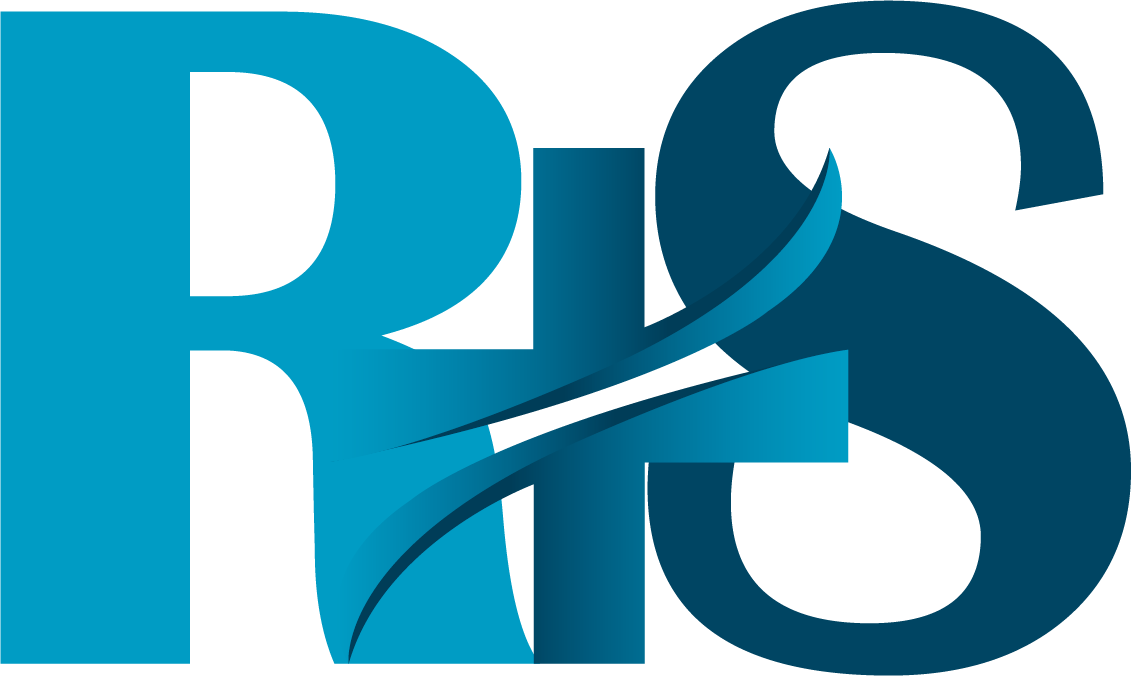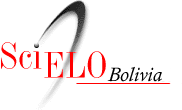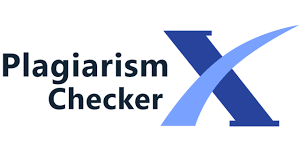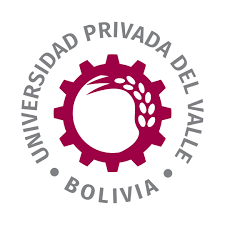Post COVID-19 Patients and the Muscle Fibers Bioenergetics in Relation to Aerobic Exercise.
DOI:
https://doi.org/10.52428/20756208.v15i39.331Keywords:
Aerobic exercise, Bioenergetics, Muscles, Post COVID-19Abstract
The COVID-19 pandemic, without a doubt, has caused many health professionals to create intervention strategies within the preventive, therapeutic and educational fields, in order to improve the health condition of patients with this disease. All the information that is related to COVID-19 is new, but we can find some similarity in the respiratory symptoms and the consequences coming from SARS-CoV-2.
When a patient gets this disease, he or she can present moderate or severe symptoms (symptomatic), mild (presymptomatic) and even not present any type of symptoms at all (asymptomatic); demonstrating variations in the prognosis of each patient. The main condition is shown in the respiratory system, causing alterations in lung volumes, respiratory muscles and ventilatory functional capacities mainly.
However, in patients who performed continuous, regular or occasional physical exercise, it could be significantly improved, especially if it was done with aerobic exercise, since the purpose of this type of exercise is capable of optimizing the state of health, as well as it is very useful at the moment of energy use towards the muscular tissue to maintain the motor activity of type I muscle fibers (oxidative phosphorylation).
In case of not obtaining the necessary oxygen for the body, this could lead to a deficit in muscle activity, and thus resort to other types of energy routes (anaerobic), which do not use oxygen, completely altering the stages of the model triphasic skinner intensity.
Downloads
References
Medicine ACoS. ACSM's guidelines for exercise testing and prescription. Décima ed. Madrid: Wolters Kluwer; 2018.
Di Wu ea. The SARS-CoV-2 outbreak: What we know. International Journal of Infectous Diseases. 2020 Febrero; 94.
https://doi.org/10.1016/j.ijid.2020.03.004
Murthy S GCFR. Care for Critically Ill Patients With COVID-19. Journal of the American Medical Association. 2020 Marzo; 323(15).
https://doi.org/10.1001/jama.2020.3633
Lau HM NGJALESEHD. A randomised controlled trial of the effectiveness of an exercise training program in patients recovering from severe acute respiratory syndrome. Australian Journal of Physiotherapy. 2005; 51(4). https://doi.org/10.1016/S0004-9514(05)70002-7
Almekhlafi ea. Presentation and outcome of Middle East respiratory syndrome in Saudi intensive care unit patients. Critical Care. 2006 Mayo; 20(1). https://doi.org/10.1186/s13054-016-1303-8
López Chicharro VCCL. Fisiología del entrenamiento aeróbico, una visión integrada Madrid: Medica Panamericana; 2013.
López Chicharro VC. Entrenamiento Interválico de Alta Intensidad Madrid: AUTOR EDITOR; 2018.
Lopez Chicharro VC. Umbral Láctico, bases fisiológicas y aplicación al entrenamiento Madrid: Medica Panamericana; 2017.
Lopez Chicharro FV. Fisiología del Ejercicio Madrid: Medica Panamericana; 2006.
José López Chicharro LMLM. Fisiología Clínica del Ejercicio Madrid: Medica Panamericana; 2008.
Cesar Kalazich ea. Orientaciones Deporte y COVID-19: Recomendaciones sobre el retorno a la actividad física y deportes de niños niñas y adolescentes. Rev Chil Pediatr. 2020 Julio; 91(7). https://doi.org/10.32641/rchped.v91i7.2782
M V Narici ea. Muscular adaptations to resistance exercise in the elderly. J Musculoskel Neuron Interact. 2004 Junio; 4(2).
A Aniansson LSAREL. Muscle function in 75 years old men and women. A longitudinal study. Scand J Rehabil Med Suppl. 1983; 9(92).
Medina IA ea. Ejercicios que apoyan el funcionamiento físico en adultos mayores con sarcopenia. Sanus. 2018 Enero-Abril; 3(5).
Chicharro L. Umbral Láctico Madrid: Medica Panamericana; 2017.
López Chicharro AFV. Bioenergética de las Fibras musculares Madrid: AUTOR EDITOR; 2017.
nutrición M. Mundo Nutrición. [Online].; 2016 [cited 2020 Agosto 1. Available from: https://mundonutricion.es/es/noticias/28_sistema-fosfageno-1.html.
McGuire ea. A 30-year follow-up of the Dallas Bed Rest and Training Study: I. Effect of age on the cardiovascular response to exercise. Circulation. 2001 Septiembre; 104(12). https://doi.org/10.1161/circ.104.12.1350
Medicine ACoS. ACSM's guidelines for exercise testing and prescription. Décima ed.: Wolters Kluwer; 2018.
Downloads
Published
How to Cite
Issue
Section
License
Copyright (c) 2020 Alexandro Marcelo Sánchez Videa , José Waldo Aquino Hinojosa, Mauricio Cabrera Ponce

This work is licensed under a Creative Commons Attribution 4.0 International License.
Authors who publish with this journal agree to the following terms:
- Authors retain copyright and grant the journal right of first publication with the work simultaneously licensed under a Creative Commons Attribution License 4.0 that allows others to share the work with an acknowledgement of the work's authorship and initial publication in this journal.
- Authors are able to enter into separate, additional contractual arrangements for the non-exclusive distribution of the journal's published version of the work (e.g., post it to an institutional repository or publish it in a book), with an acknowledgement of its initial publication in this journal.
- Authors are permitted and encouraged to post their work online (e.g., in institutional repositories or on their website) prior to and during the submission process, as it can lead to productive exchanges, as well as earlier and greater citation of published work.























